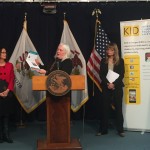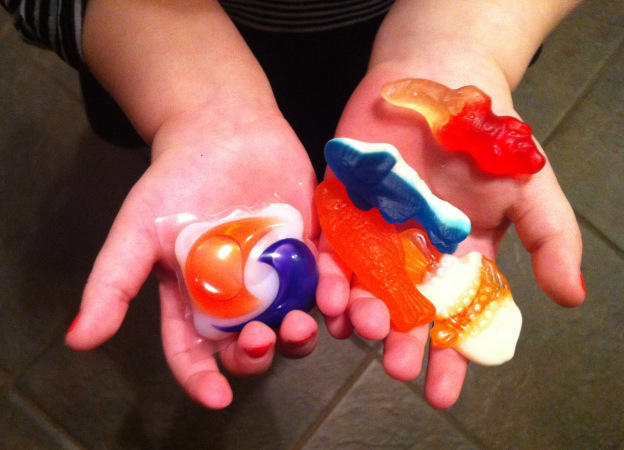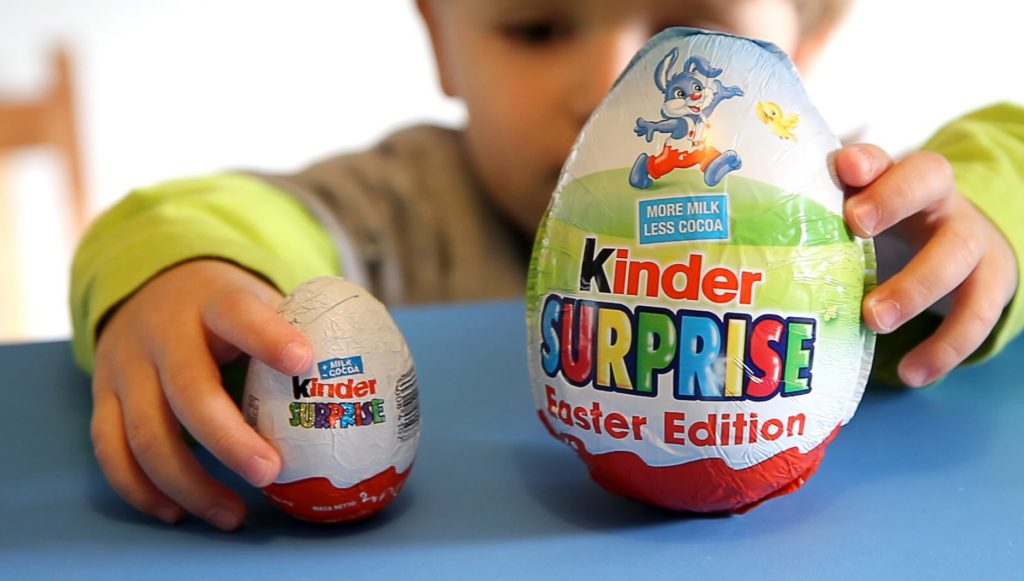 KID has been tracking children’s product recalls from the US Consumer Product Safety Commission (CPSC) for over a decade. It is a good measure both of what is entering the market that might be hazardous and the strength of our children’s product safety system – can we keep dangerous products off store shelves and out of our homes? This year, we can see that stronger standards and oversight by regulatory agencies have had a measurable effect on product safety. Our new report, A KID Report Card: Children’s Product Recalls in 2015, shows a decrease in the number of recalls of children’s products, as well as in the injuries and fatalities reported with those recalled products.
KID has been tracking children’s product recalls from the US Consumer Product Safety Commission (CPSC) for over a decade. It is a good measure both of what is entering the market that might be hazardous and the strength of our children’s product safety system – can we keep dangerous products off store shelves and out of our homes? This year, we can see that stronger standards and oversight by regulatory agencies have had a measurable effect on product safety. Our new report, A KID Report Card: Children’s Product Recalls in 2015, shows a decrease in the number of recalls of children’s products, as well as in the injuries and fatalities reported with those recalled products.
Developing mandatory standards for children’s products is a required part of the breakthrough 2008 Consumer Product Safety Act (CPSIA). A key section of the CPSIA is named for Danny Keysar, whose parents founded Kids in Danger (KID) – a nonprofit organization dedicated to protecting children by improving children’s product safety.
A KID Report Card reviews recall data from the CPSC for 2015 as well as looking at recall effectiveness for 2014 recalls. There were 68 children’s product recalls and over 5.5 million total units of children’s products recalled in 2015, the lowest since KID started tracking recalls in 2001.
Findings of the report include:
- We might not think of clothing when we think of children’s recalls – but it was the largest category of recalled products – all for not adhering to long standing standards on choking hazards, drawstrings and flammability.
- In total, 819 incidents were reported prior to 2015’s recalls, an average of 12 reported filed before a recall is issued. Efforts to get dangerous products off store shelves sooner – or better yet, not offered for sale at all are key.
- Although no deaths were reported from the products recalled in 2015, two children did die in furniture tip-overs, but IKEA was allowed to do an education campaign and distribute tip-over restraints rather than recall the Malm dressers.
Perhaps most disappointing — data at CPSC shows just over 1% of all 2014 children’s recalled products were fixed or returned with an average of 8% for each recall – if the product was already in consumer hands. In total, 14% of recalled children’s products were retrieved or fixed through recalls. This includes those still with manufacturers, retailers or somewhere in-between.
Despite better records at CPSC and additional efforts by manufacturers, we still are seeing a dangerous gap between announcing a recall and actually repairing or removing the product from use. KID is making this our priority for 2016 and we hope other stakeholders, including CPSC, will as well.
KID was joined to release the report by Illinois Attorney General Lisa Madigan and Sessy Nyman of Illinois Action for Children – both longtime advocates for children’s product safety.
“Together we have worked successfully to implement stronger safety standards for children’s products, but unsafe children’s products still cause too many preventable injuries,” said Illinois Attorney General Lisa Madigan. “KID provides invaluable leadership and resources for parents and caregivers to protect children.”
“Illinois needs to maintain our standing as a national leader on children’s product safety by continuing to work with our partners at KID who lead our efforts on this critical issue for children where they live and in their programs across the state,” said Sessy Nyman, V.P. of Policy and Strategic Partnerships at Illinois Action for Children.
KID will continue to work to provide consumers, manufacturers, and policymakers with the information they need to increase recall effectiveness, broaden consumer awareness, and decrease incidents, injuries and deaths related to children’s product recalls.
KID recommends that parents check SaferProducts.gov for recalls and injury reports and sign up for safety updates at KidsInDanger.org. Accessing KID’s website on a mobile device allows consumers to search for recall information while shopping or considering a second-hand product. KID also has new educational materials for parents and caregivers to allow them to keep safety information at their fingertips as their children grow.
Parents should report problems with a product both to the manufacturer and to CPSC at SaferProducts.gov, and urge elected representatives to make strong standards and recall effectiveness a priority.


